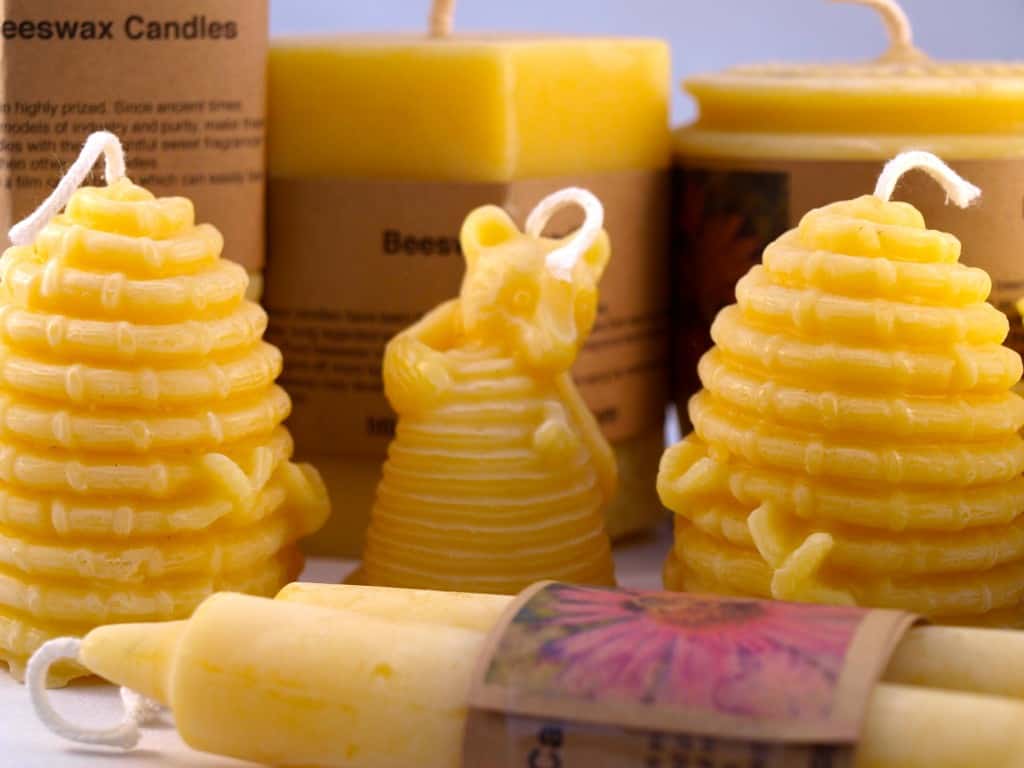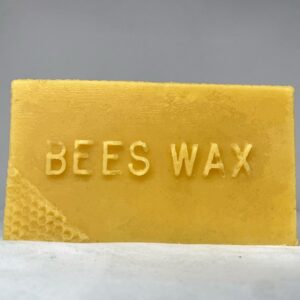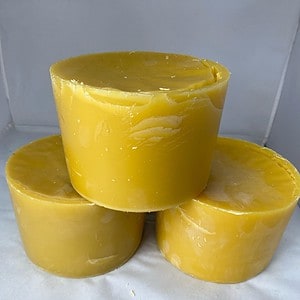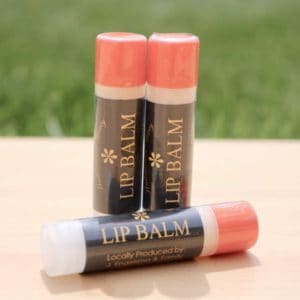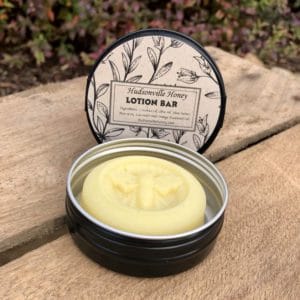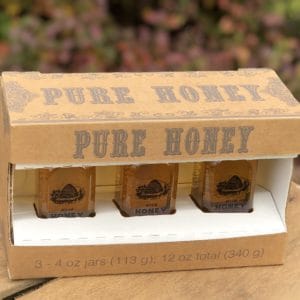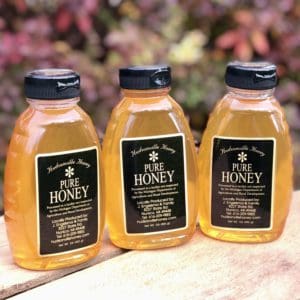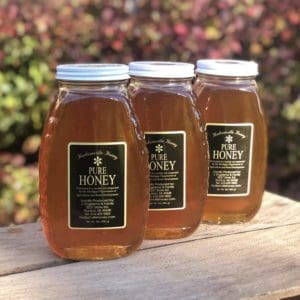Beeswax, a golden-hued substance secreted by honeybees, stands as a testament to nature’s multifaceted ingenuity. Its composition, a complex blend of fatty acids, esters, and long-chain alcohols, renders it a substance of remarkable versatility and utility. As we delve into the beneficial attributes of beeswax, it becomes evident that this natural creation extends far beyond its role within the hive. At its core, beeswax consists primarily of esters—compounds formed by the reaction of acids and alcohols. These esters contribute to beeswax’s impressive stability and malleability, characteristics that serve as the foundation for its diverse applications. Among the notable components are myricyl palmitate, cerotic acid, and melissic acid, all of which play integral roles in shaping the unique properties of beeswax.
One of the most celebrated uses of beeswax lies in the realm of skincare. Its ability to form a protective barrier on the skin makes it an ideal ingredient in moisturizers and balms. Unlike synthetic alternatives, beeswax allows the skin to breathe while effectively sealing in moisture. This dual-action makes it particularly beneficial for those with sensitive or dry skin, providing a natural solution to hydration without the risk of pore congestion.
Furthermore, the anti-inflammatory and antibacterial properties inherent in beeswax contribute to its efficacy in soothing various skin irritations. From minor cuts and burns to conditions like eczema and dermatitis, beeswax’s natural healing properties have made it a stalwart in traditional medicine practices for centuries. The simplicity of its application, coupled with its effectiveness, positions beeswax as a valuable asset in promoting skin health.
Beyond skincare, beeswax finds itself cast in the soft glow of candlelight. When used in candle production, beeswax burns cleanly and emits a subtle, honey-like fragrance. Unlike paraffin candles, which can release harmful toxins into the air, beeswax candles purify the atmosphere as they burn. The slow, even burn of beeswax candles not only enhances the ambiance but also contributes to their eco-friendly allure.
Woodworkers, too, have harnessed the benefits of beeswax in their craft. As a natural polish, beeswax adds a layer of protection to wooden surfaces, enhancing their luster and durability. The application of beeswax on furniture or wooden artifacts not only serves an aesthetic purpose but also guards against environmental factors that might degrade the material over time. This harmonious blend of preservation and enhancement showcases the holistic utility of beeswax.
The widespread use of beeswax extends to the realm of art, where it has been employed for centuries as a crucial component in encaustic painting. This ancient technique involves mixing pigments with molten beeswax, creating a versatile medium that artists can manipulate to achieve a range of textures and effects. The durability of beeswax ensures that artworks created through this method can withstand the test of time, showcasing the enduring nature of this natural marvel.
In conclusion, the beneficial composition of beeswax and its myriad uses underscore the brilliance of nature in providing solutions to various human needs. From skincare to artistry, woodworking to candle making, the versatility of beeswax stands as a testament to the resourcefulness encoded in the intricate balance of natural compounds. As we celebrate the many facets of beeswax, we not only appreciate its historical significance but also recognize its continued relevance in enriching and enhancing our daily lives.

